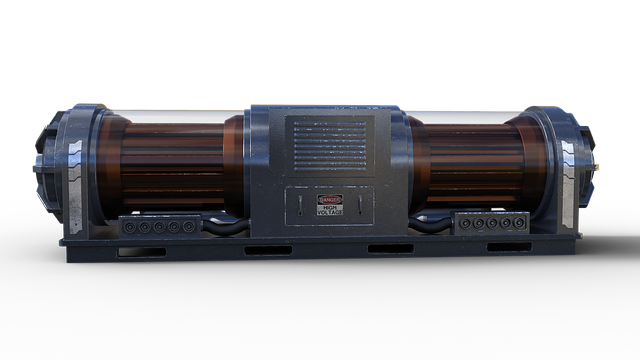HVAC building automation in Albany is a leading strategy for commercial energy efficiency, leveraging advanced technologies like variable speed drives and smart thermostats. This approach enables dynamic temperature, humidity, and airflow adjustments based on real-time data, reducing energy costs and enhancing occupant comfort. By integrating smart controls, sensors, and regular maintenance, Albany businesses are minimizing their carbon footprint, cutting utility bills, and promoting greener practices.
“Discover how HVAC building automation can transform your energy costs in Albany. In today’s climate-conscious world, optimizing your heating, ventilation, and air conditioning systems is not just beneficial but essential. This article explores the intricate world of HVAC building automation and its impact on reducing energy expenditure. We’ll uncover key strategies to enhance efficiency, highlighting practical steps for Albany businesses to lower utility bills and contribute to a sustainable future.”
- Understanding HVAC Building Automation in Albany
- Key Strategies to Reduce Energy Costs with HVAC Systems
- The Impact and Benefits of Efficient HVAC Management
Understanding HVAC Building Automation in Albany

In the heart of Albany, the concept of HVAC building automation has emerged as a powerful tool to optimize energy efficiency in commercial spaces. This innovative approach involves integrating advanced technologies into HVAC systems to create a smart and responsive environment. By employing smart building infrastructure installation, buildings can dynamically adjust temperature, humidity, and airflow based on real-time occupancy and weather data. This not only reduces energy costs but also enhances the overall comfort for occupants.
Albany’s businesses are benefiting from advanced HVAC technologies for offices, such as variable speed drives, smart thermostats, and zone control systems. These solutions enable building managers to precisely control heating, ventilation, and cooling where it’s needed most, minimizing energy wastage. With tailored building energy solutions, Albany structures are seeing significant drops in their carbon footprint and utility bills. This shift towards sustainable practices not only supports the local economy but also positions Albany as a leader in green initiatives.
Key Strategies to Reduce Energy Costs with HVAC Systems

In the quest to reduce energy costs, HVAC (Heating, Ventilation, and Air Conditioning) systems in Albany buildings present a significant opportunity for optimization. Implementing smart building infrastructure installation and leveraging building automation is a strategic move towards achieving this goal. By integrating advanced controls, sensors, and data analytics, these technologies enable precise temperature regulation, efficient airflow management, and optimized energy usage. According to experts at The Radiant Store, Inc., such smart HVAC solutions can lead to substantial savings on energy bills while enhancing overall building comfort and performance.
A crucial component of this strategy is conducting comprehensive commercial energy efficiency audits. These audits identify areas where HVAC systems can be improved, from sealing leaks in ducts to upgrading outdated equipment. By addressing these inefficiencies, businesses can ensure their HVAC systems operate at peak capacity while minimizing energy consumption. Through a combination of smart building automation and regular maintenance, Albany facilities can achieve remarkable energy cost reductions, contributing to both environmental sustainability and financial savings.
The Impact and Benefits of Efficient HVAC Management

In today’s world, where energy costs continue to rise, efficient HVAC management plays a pivotal role in reducing operational expenses for any building or facility. By implementing advanced HVAC building automation in Albany, New York, businesses can significantly optimize their energy usage and create a more comfortable indoor environment. Smart building automation services in NY state offer a range of solutions tailored to meet specific needs.
The integration of smart thermostats and sensors throughout a structure allows for precise temperature control and ensures that heating or cooling is only active where and when it’s needed. This level of precision, coupled with automated building processes in NY state, can lead to substantial energy savings. For instance, zones can be set to maintain different temperatures during occupied and unoccupied periods, preventing unnecessary energy waste. Moreover, these systems can adapt to real-time occupancy data, ensuring that HVAC systems operate efficiently without compromising comfort or safety.
Implementing efficient HVAC building automation in Albany can significantly reduce energy costs and enhance sustainability. By adopting key strategies discussed, such as smart thermostats, optimized scheduling, and regular maintenance, buildings can achieve substantial energy savings without compromising comfort. The positive impact extends to reduced carbon footprints, improved indoor air quality, and increased property values, making HVAC building automation a beneficial investment for Albany’s commercial and residential sectors alike.














